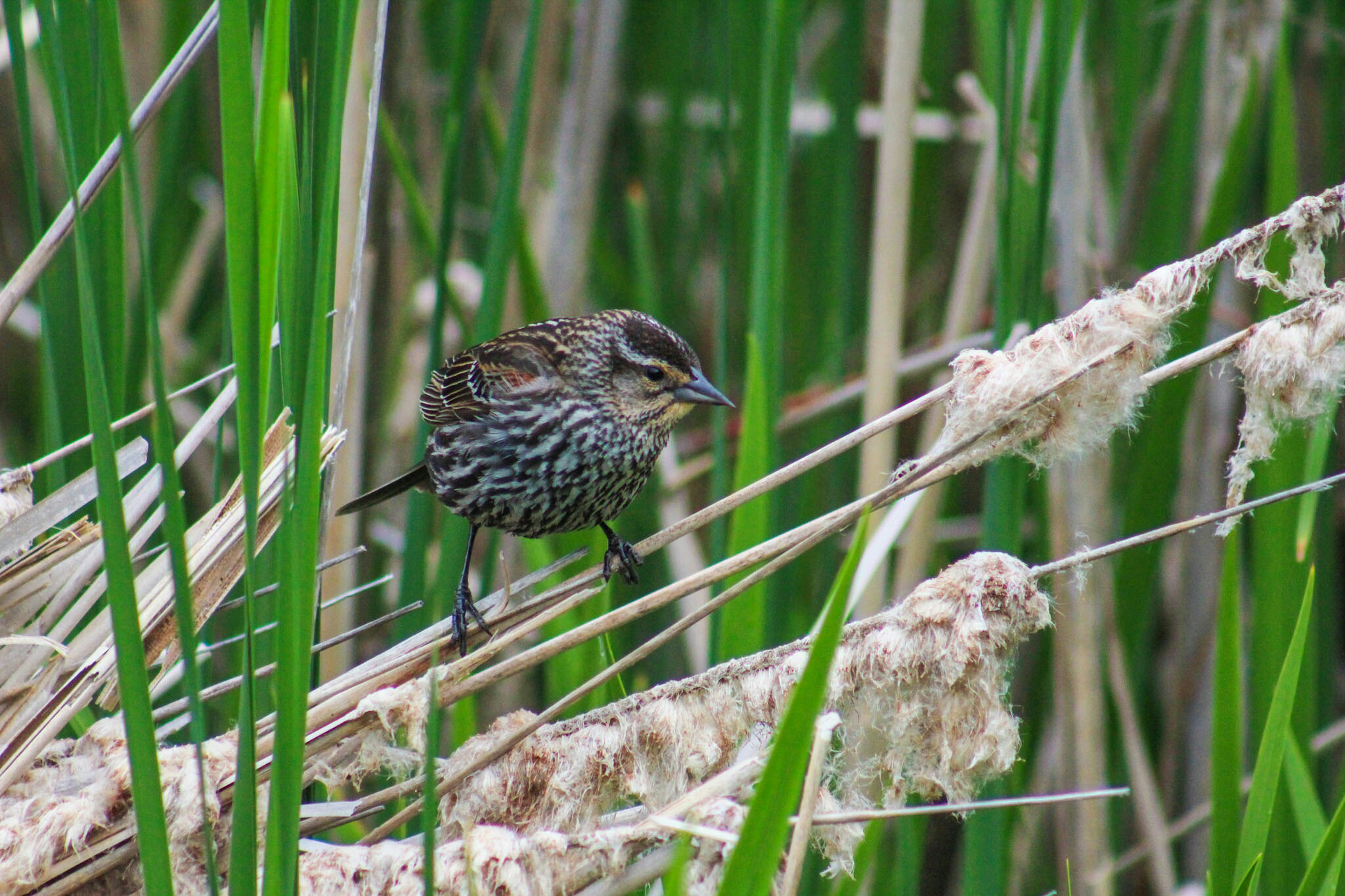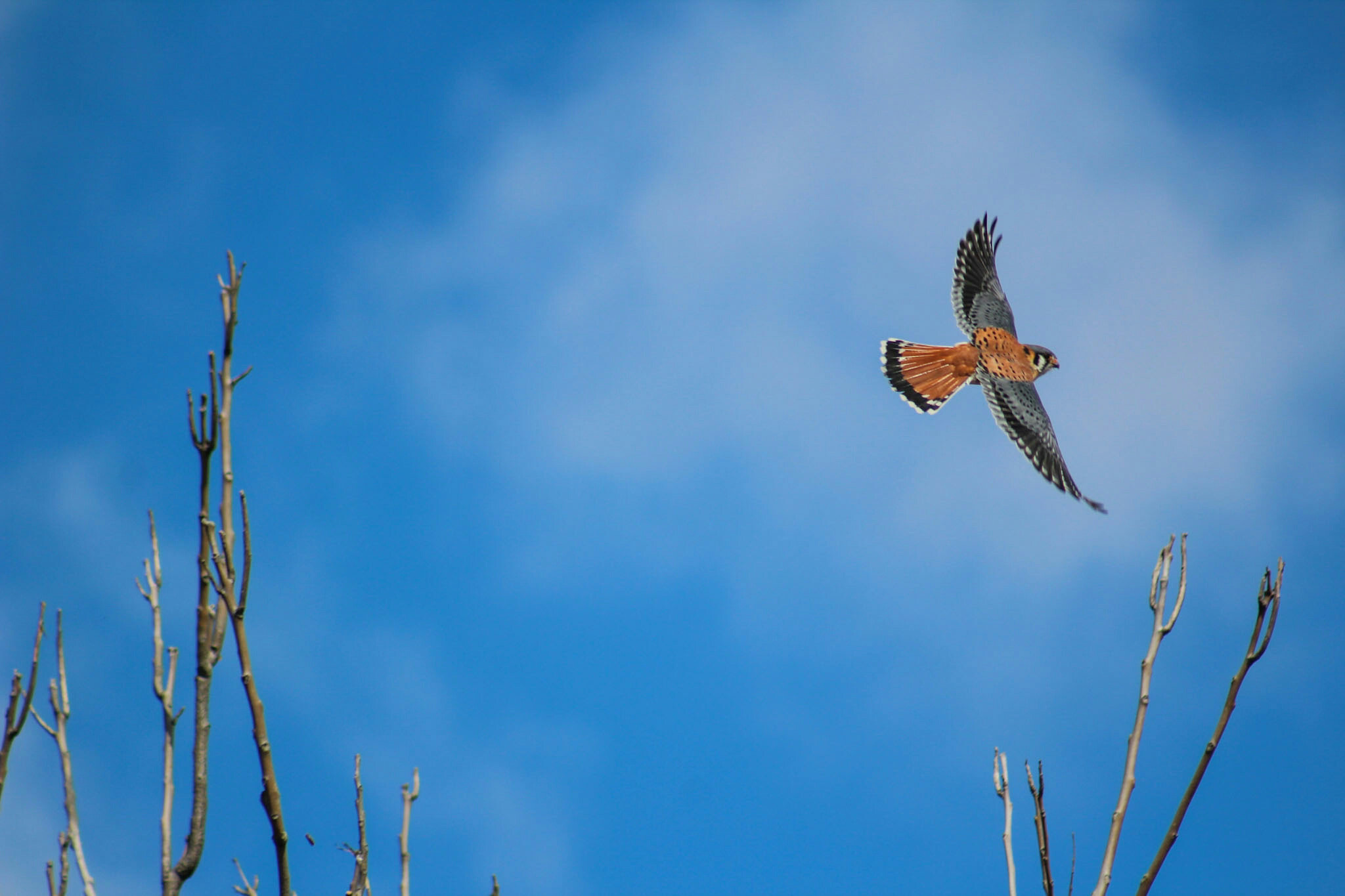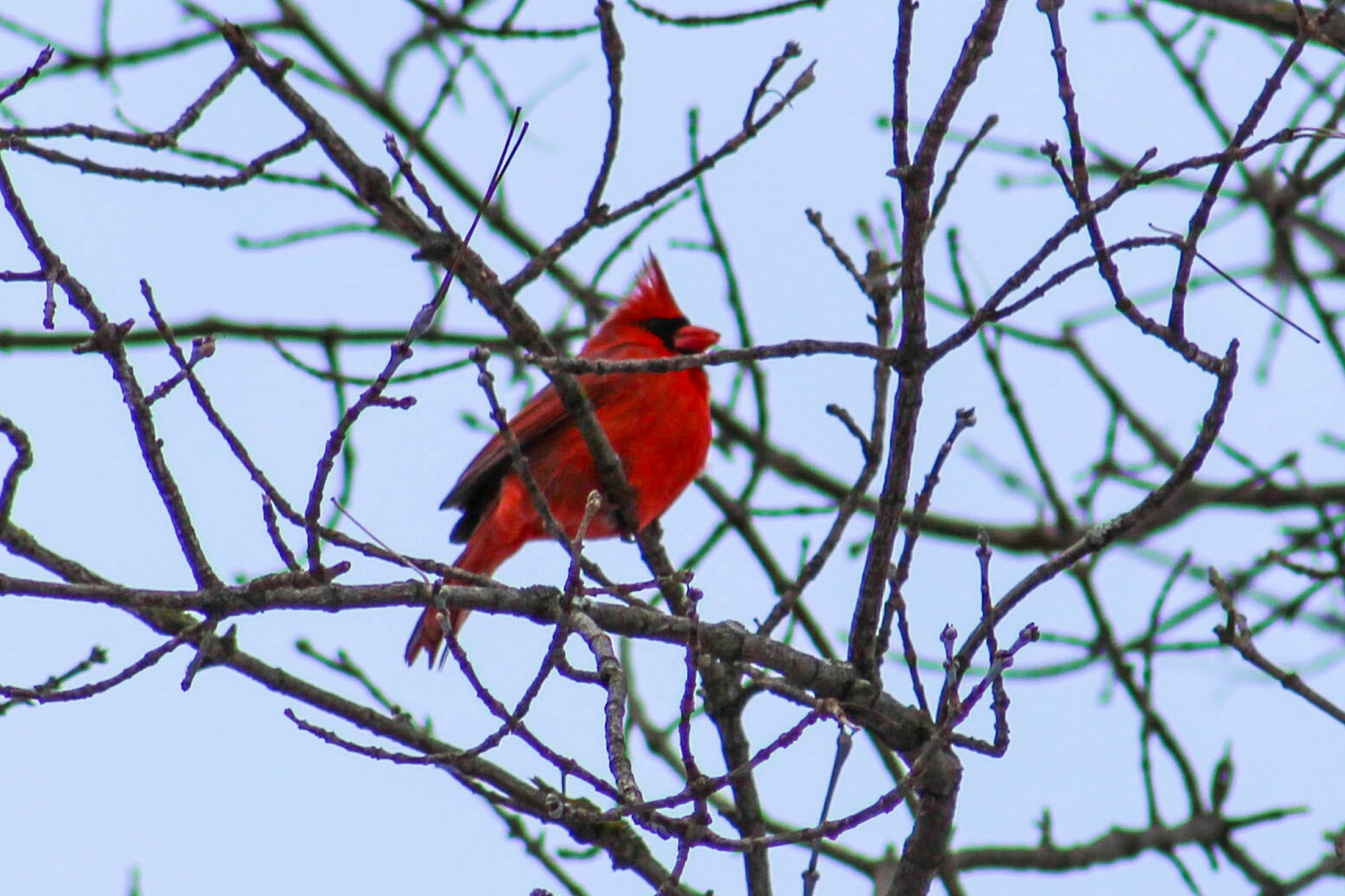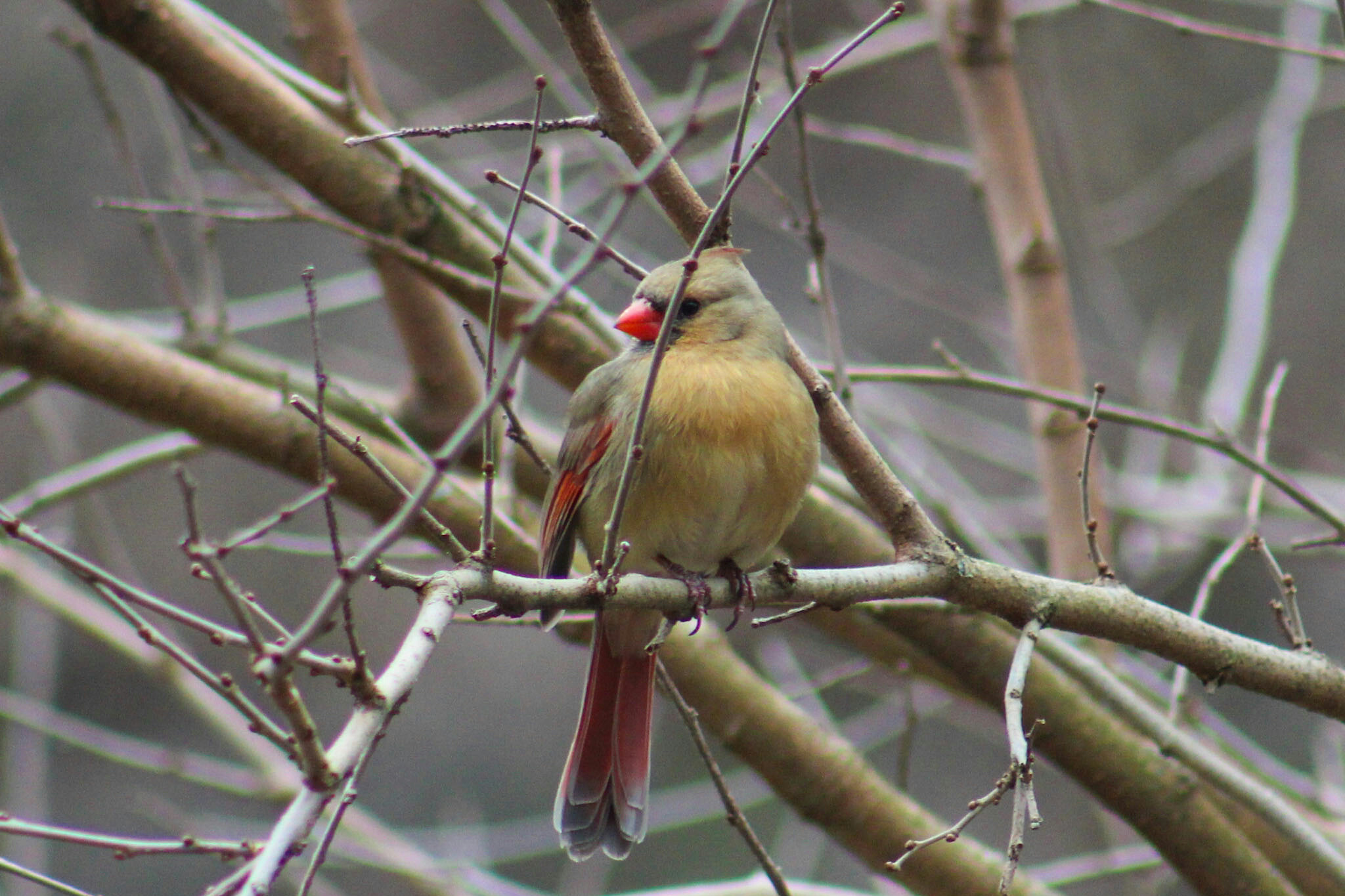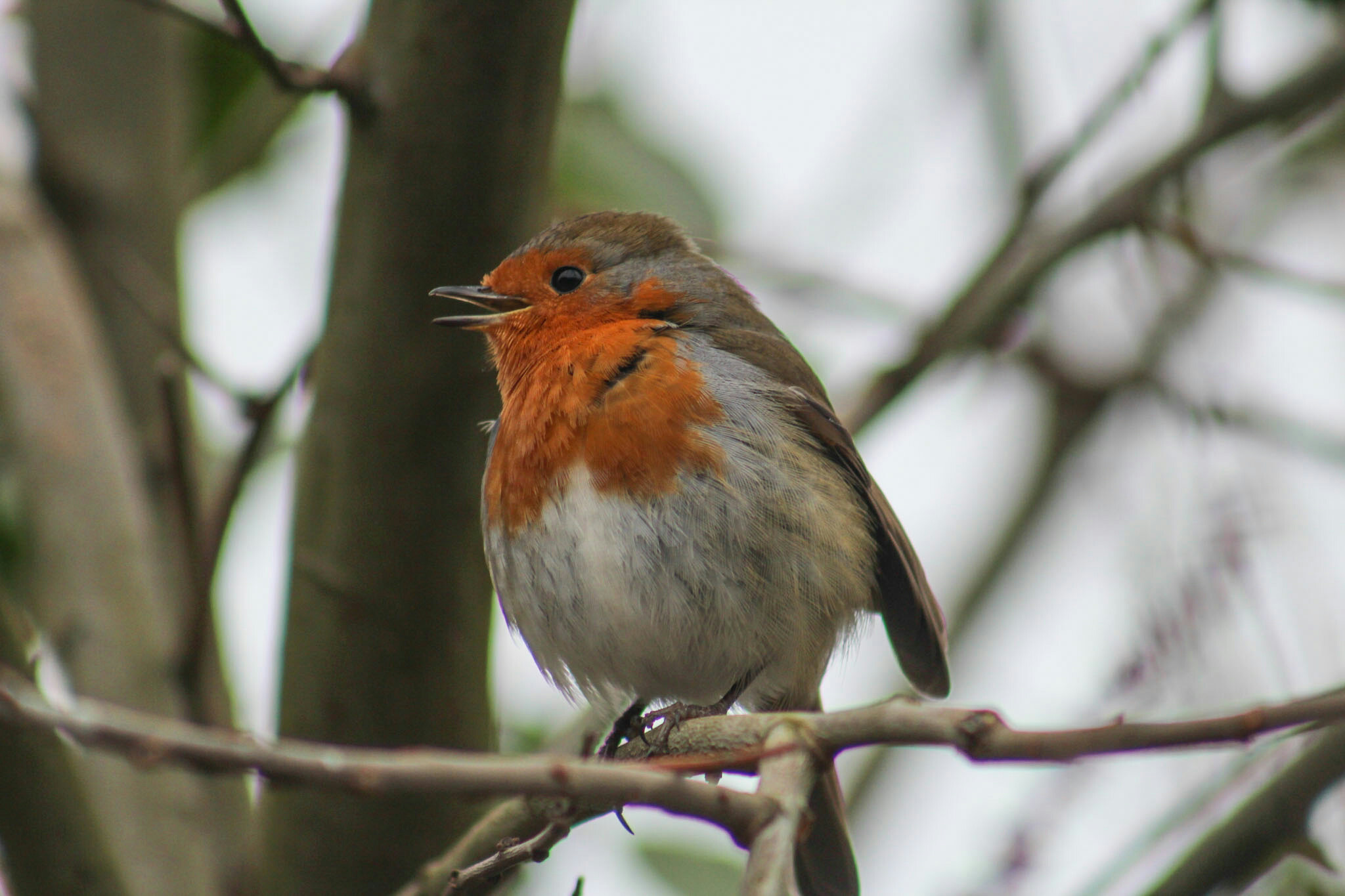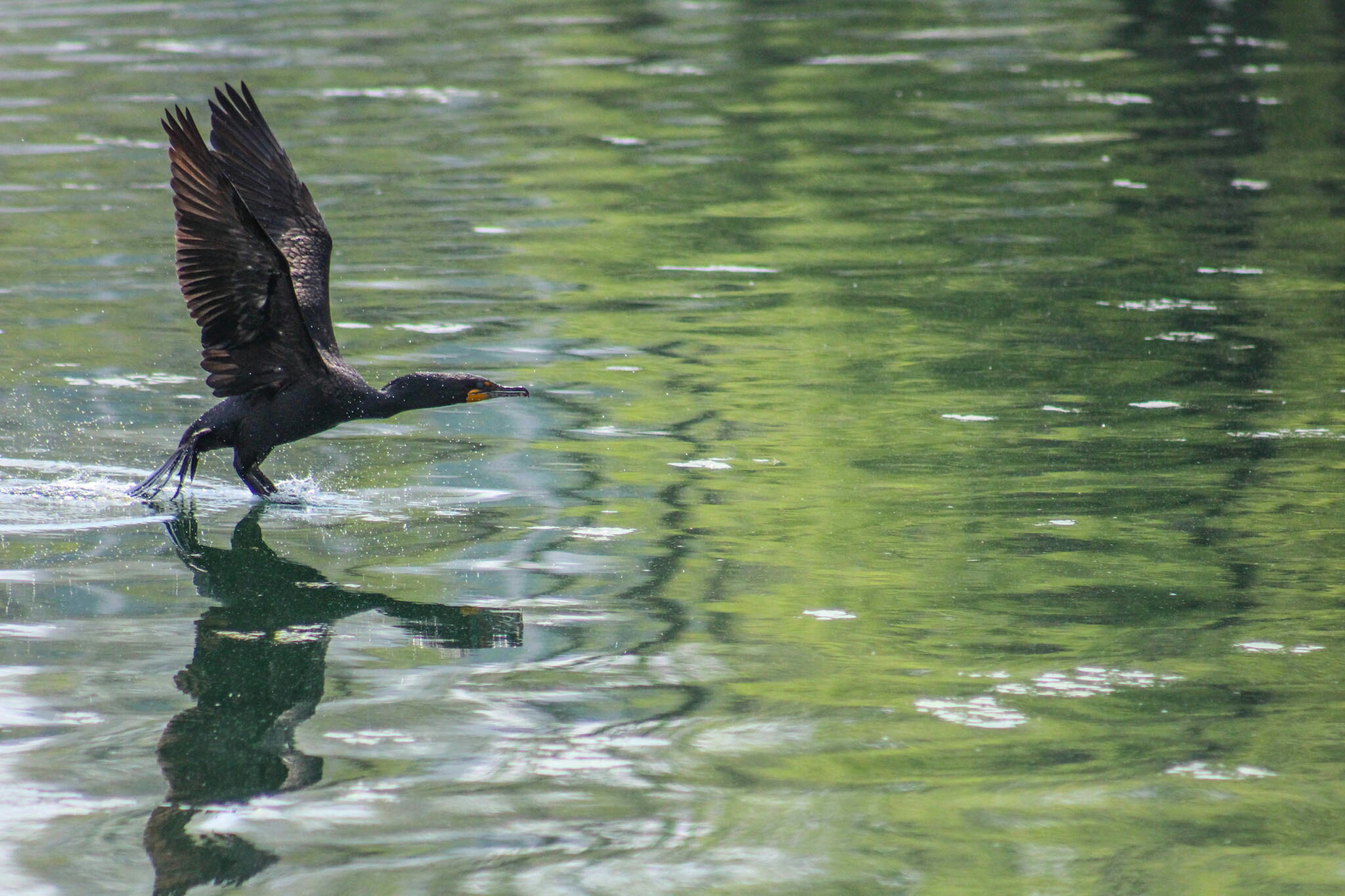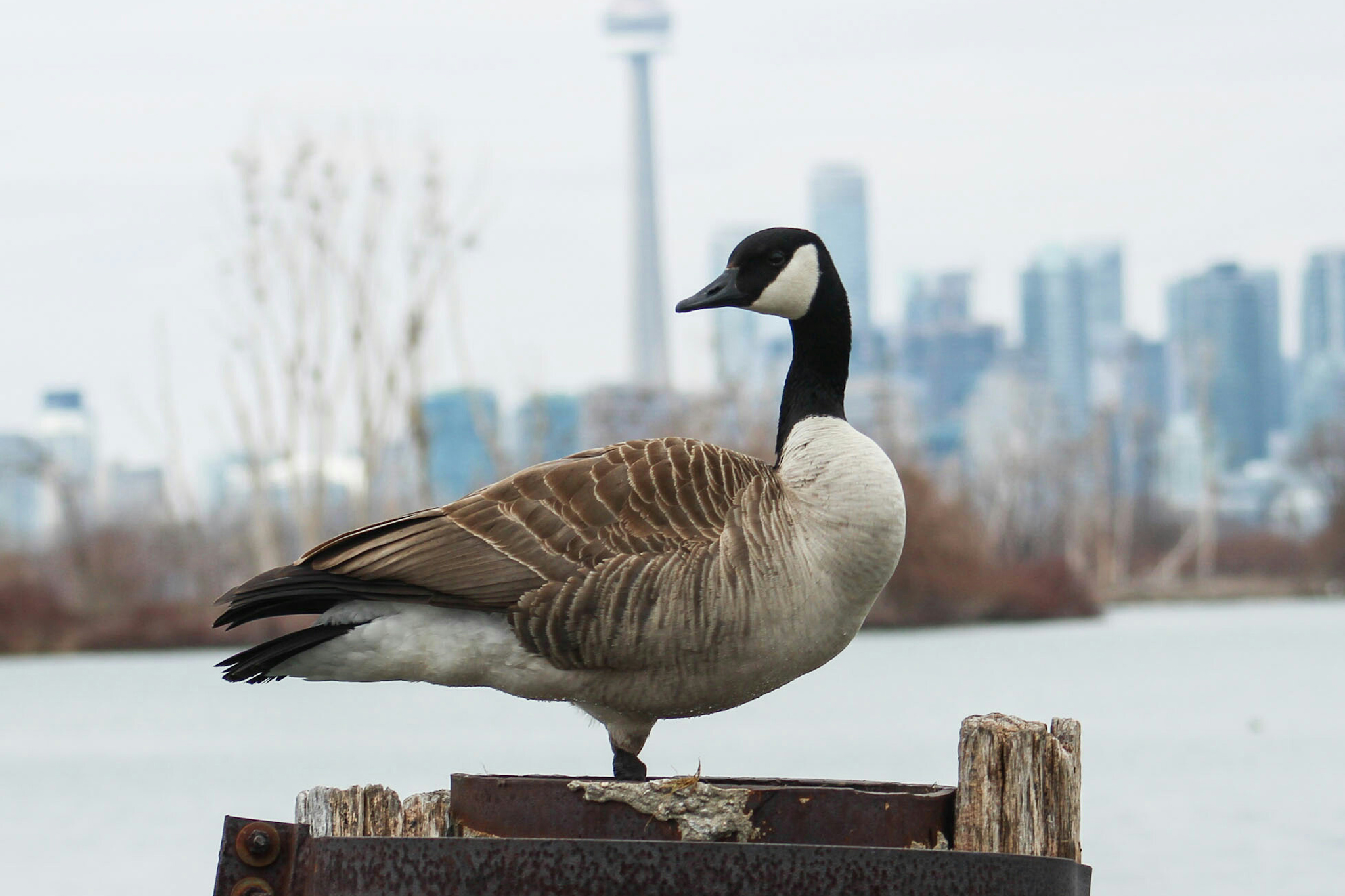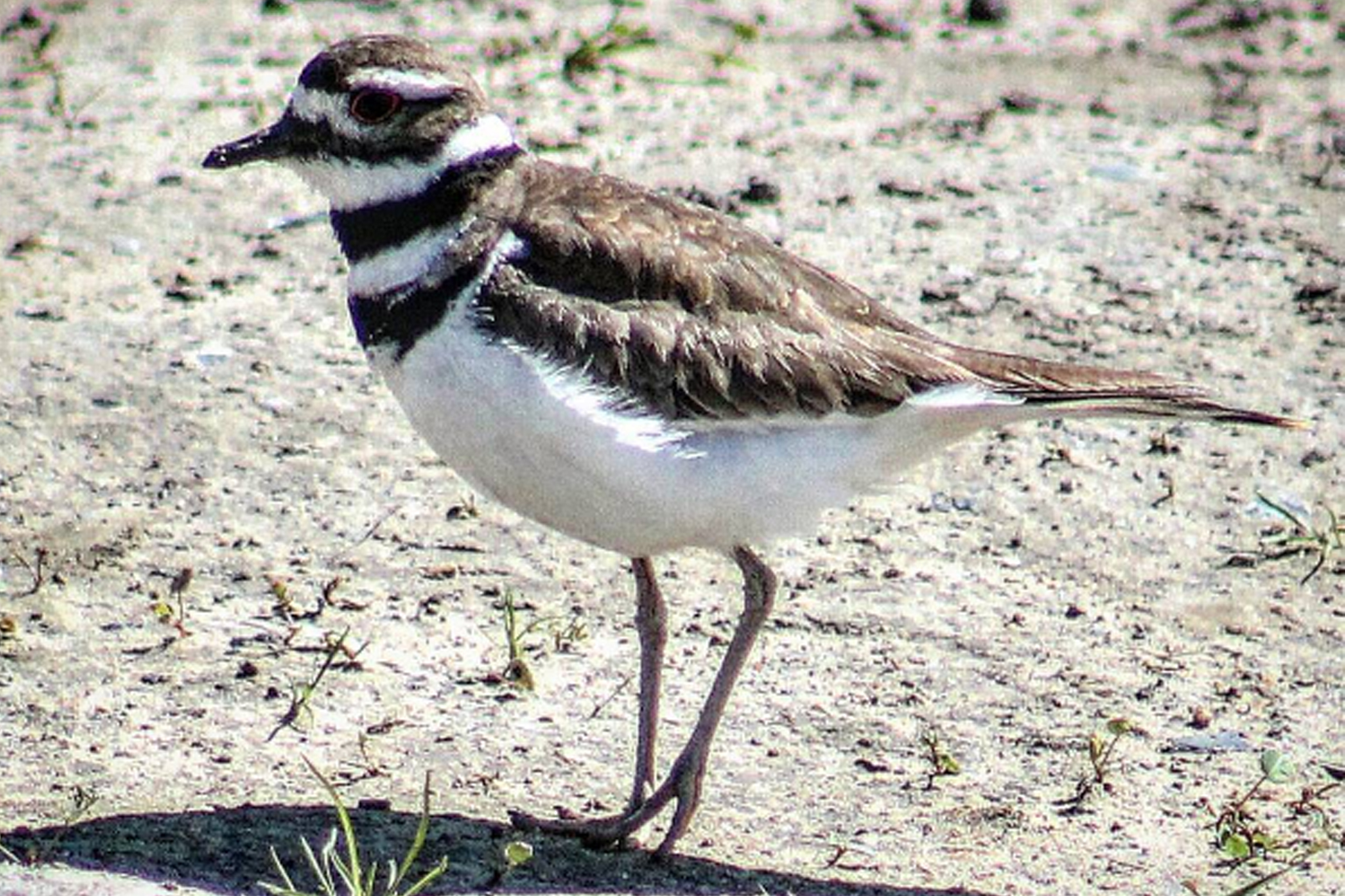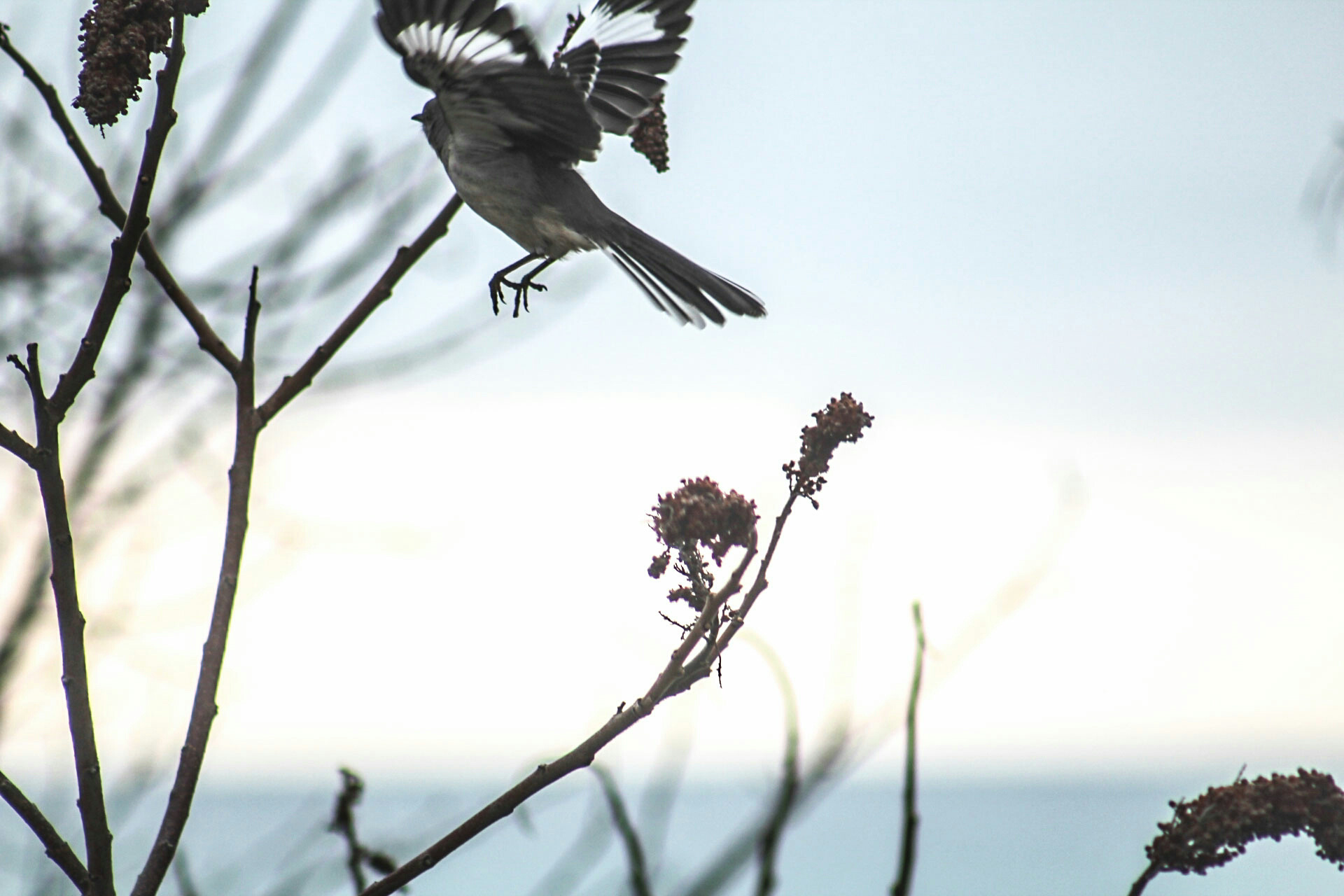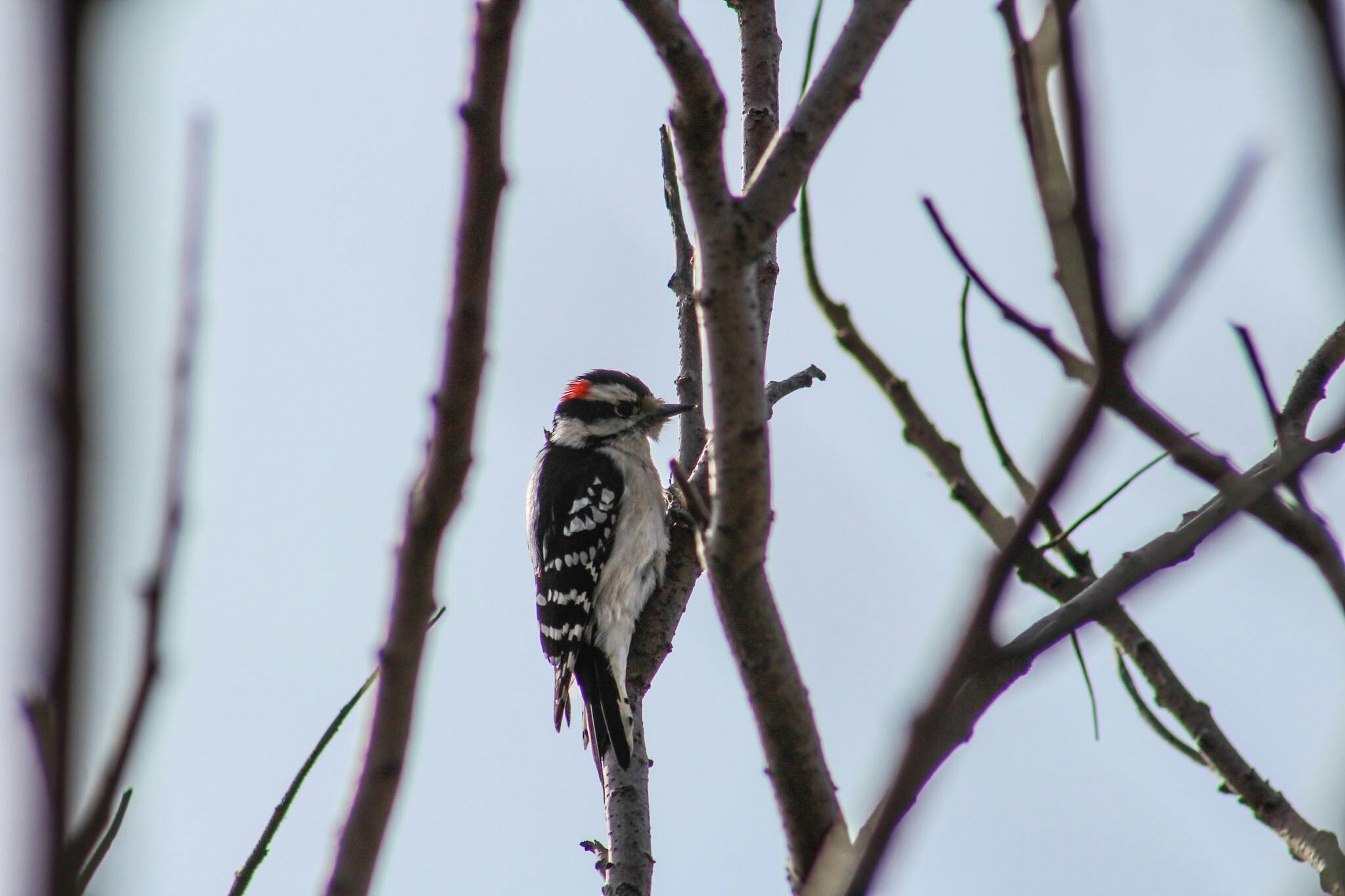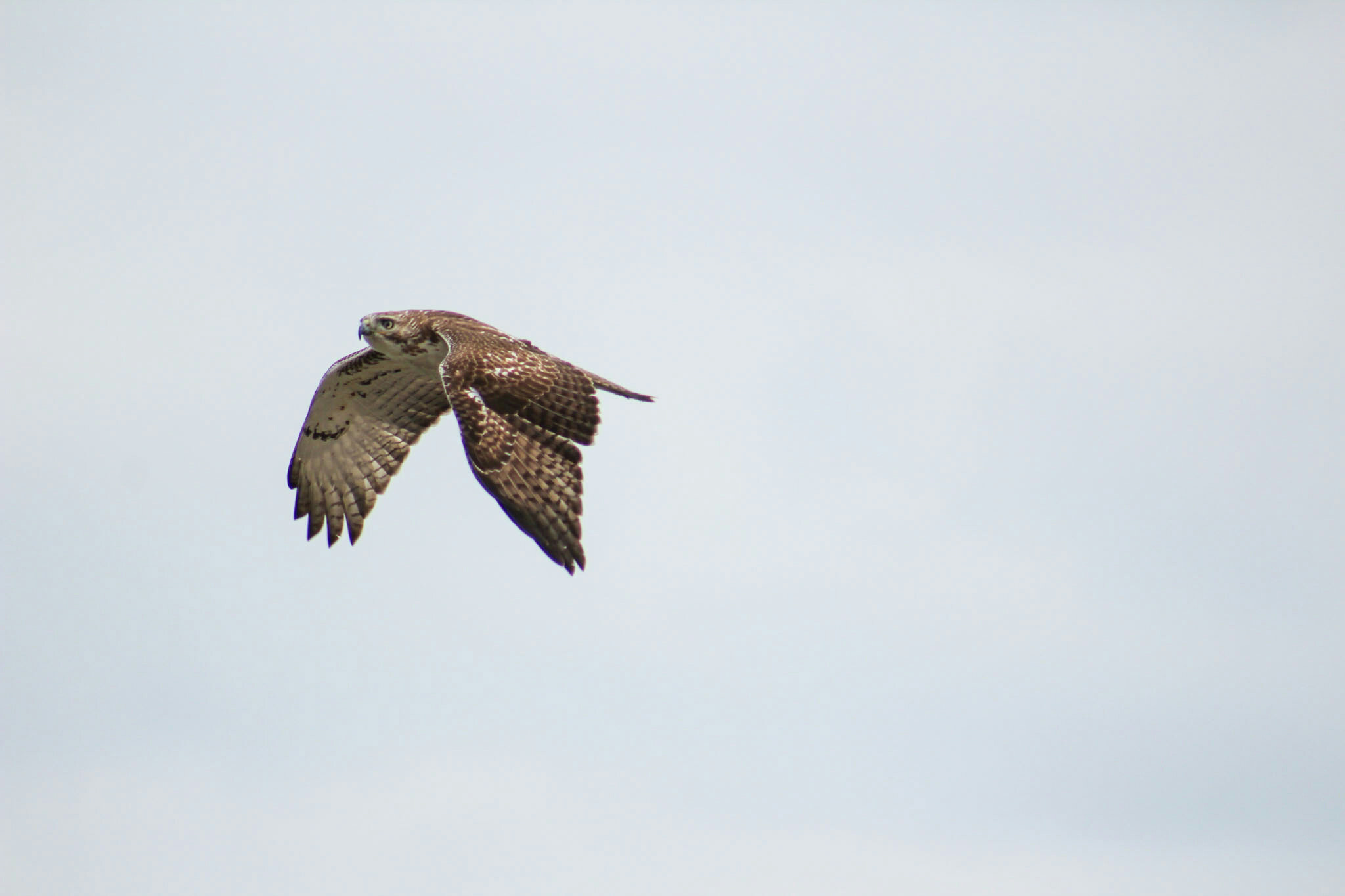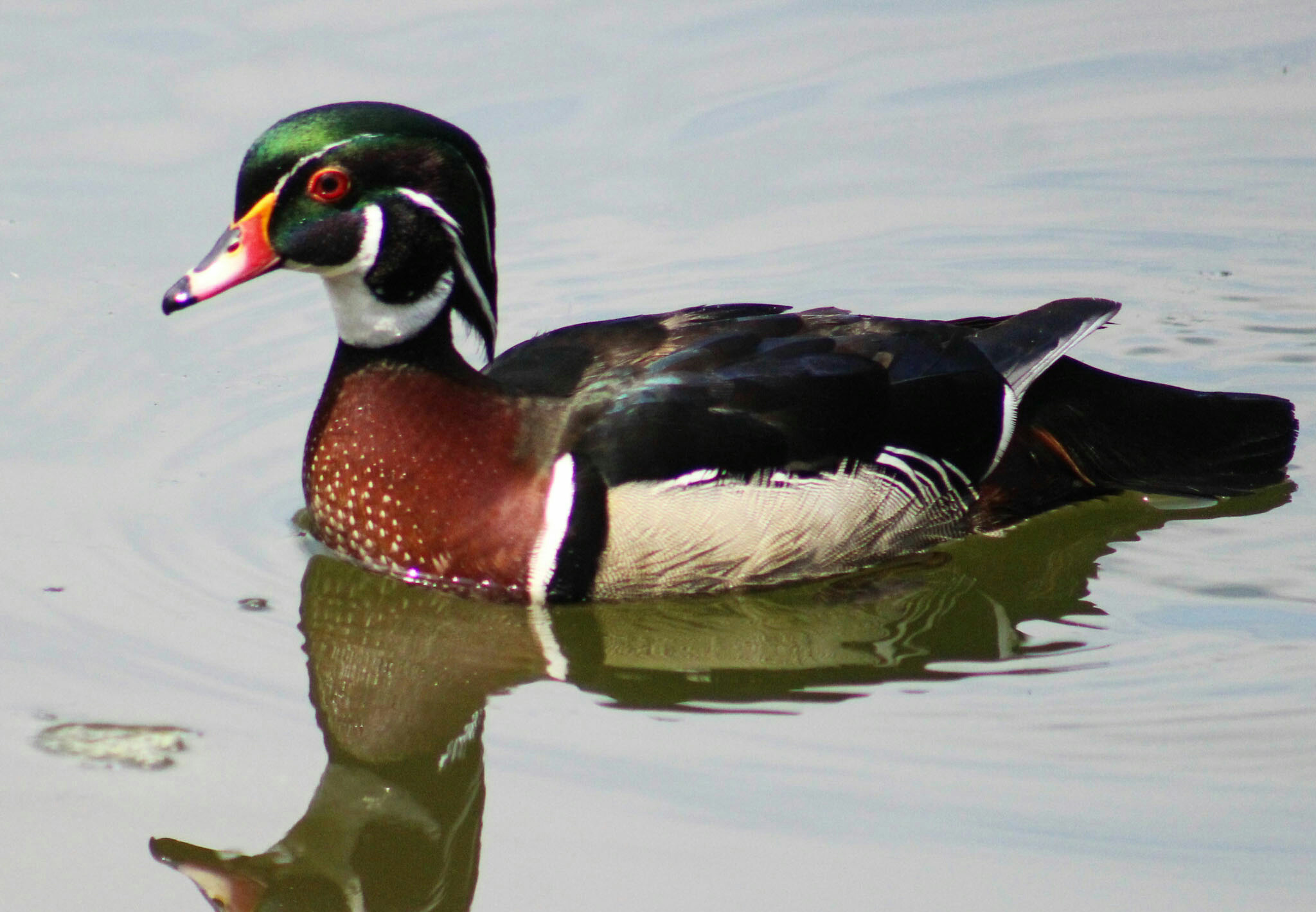ART OF AWARENESS
Though many people assume we go way back, Courtney and I met only three years ago. What struck me about her when we first met was that she radiated warmth and an intense present energy. I don’t remember the exact circumstances, but I know that within hours of meeting each other, we had both cried in each other’s presence. I knew from that day that Courtney was an intuitive and powerful healer. I also knew that I wanted to be her friend.
Courtney moves through the world in a different way than most people. She doesn’t just walk, she engages with all of her senses - she touches, smells, hums, and tastes her way through the world. This approach means that she experiences things intensely. This intense experience can be contagious and wonderful for those around her, which has served her well in the work that she does as a psychotherapist. But there is a reason she experiences things this way. Though Courtney has a strong resistance to sharing about herself publicly, over the past three years I have managed to piece together her story.
When I talk to Courtney about her work, she tells me she can trace it all back to when she was a very young child. Throughout most of her childhood, Courtney suffered from an undiagnosed illness that caused her to lose many of her faculties and meant that she was in constant chronic pain.
“Growing up and being sick is where it first started. I experienced ongoing severe pain that radiated and changed locations throughout my body. At the time I wasn’t actually aware of the severity of pain I was in because I had never known anything different - I would only know when the pain became more extreme. Having now experienced childbirth, I can tell you that the pain I went through as a child was significantly worse than that of labour.
“I would sometimes lose my ability to walk. I lost my ability to see at times. In some ways it was scary, but I started to realize that I had so many other senses that I could tap into. I would lose my vision, but I started to use my sense of smell, my sense of touch and spatial awareness to feel where I was going.”
Courtney tells me that she would also lose her memory. It was then that an interesting thing began to happen.
“There were times when I couldn’t even remember my own name. I didn’t know what was wrong with me. I was also facing my mortality at a very young age. So I started to question, ‘Who am I?’ Even though I couldn’t identify with my memories or my body or the things that you would normally identify with, there was still a part of me there.
“I began to notice that there was a part of me that was constant. Rather than identifying with all these fluctuating emotions and sensations, I could sense a truer ‘me.’ ”
One evening, as we are walking through a deserted alleyway, Courtney reveals to me one of her most intimate stories, a moment in which she was able to separate herself from her pain, which brought everything into a new perspective for her. But before telling me this story she is quiet for a while. Being interviewed about herself isn't easy for her.
She is looking intently at a bushy plant with spiny pale pink flowers growing from the cracks in the asphalt.
“Motherwort,” she says, “Or lion’s heart, for courage.”
“Draw on that,” I tell her.
And so she continues her story.
“I remember one experience when I was quite young, I was totally and completely immersed in extreme pain, to the point that I wanted to die, it was so intense. I don’t know exactly what happened - perhaps it was a moment of grace - but there was a shift in my awareness and I was able to experience the suffering as just a sensation. I stopped seeing the pain as a bad thing, as something I needed to defend against. It changed my relationship to the pain. It ended up being one of the most blissful experiences of my life. The pain was still there, but my awareness had changed. That moment changed everything for me.”
I picture Courtney as a small child, experiencing this profound transformation. It is something that many people strive for, that moment of detachment - through meditation or by other means. But I can’t imagine having to endure such acute suffering at such a young age.
Courtney tells me how this “shift” in awareness has been the basis of the work that she does today.
“Much of my healing that I have done since I was younger has been about shifting my relationship to pain, either physical or emotional. In life there is so much we can’t change, but the thing that we can always change is our awareness. And so I think there is an art to it - you can learn the art of awareness.
“I’ve seen the effects of this working as a therapist with individuals who have suffered deeply with severe mental illness, grief, trauma, loss, anxiety, and depression. I have been witness to the power of awareness in my work as a life and death doula. A person giving birth is one of the most powerful things I have ever seen. The state of mind that a person is in through childbirth and in death affects everything and there are small things that we can do that influence that. Breath, nature, body-connection, relationship to ourselves and others, the food we eat - all of these things shape and enhance our awareness.”
Because of her illness, Courtney was unable to attend most of elementary school and high school. But in her early teens, she began studying yoga, herbalism and ayurvedic medicine. She continued her studies into her twenties and connected with a community of people who taught bushcraft, nature-connection, survival skills and wild foraging. She went on to become a Registered Psychotherapist and did a thesis on ecotherapy which explores the importance of nature for human development and psychological wellness.
“The other major area of Art of Awareness is nature-connection. This stems back again to my childhood. My parents owned a one hundred acre property in Ontario, mostly a combination of swamp and forest with a large meadow. I always felt more at home in the woods than I did in the house. I would walk into the forest and feel welcomed and supported in a way that was different than at other times. There was something about being in that environment, being able to see the cycles of life that gave me peace. Seeing new, living, green vegetation next to rotting, decaying wood - seeing all of those cycles and feeling that it was all beautiful and all-encompassing - I felt that acceptance in myself.
“I would wander slowly by myself and I felt a deep connection with the plants and trees. As soon as I walked under the pine trees, I could immediately breathe more easily. My pain lessened and I felt uplifted. When I couldn’t do anything else, I would just go lie under the pines.
“I didn’t know it at the time, but when I started studying herbalism many years later, I actually found out that pines release a chemical called pinene that acts as an anti-inflammatory and an anti-depressant and has a chemical effect on the body. Nature effects us in ways we don't even realize, from the chemicals that trees and plants release to the effects it has on the brain just by looking at it. I experienced it so profoundly as a child, being in so much pain and witnessing such a noticeable change. But there are actual chemical, scientific reasons for it.”
When Courtney tells me these stories, I am immediately brought back to my own childhood. Growing up in the country in a large family (there were seven children living on the same property including my siblings and cousins), I was an extreme introvert and often needed time alone. I would climb the hill and wander to the very back of the property to my “secret” aspen grove. I would lie there for hours under the graceful, trembling trees, listening to the wind rattling and watching the way the light flickered through the leaves. I never knew why those moments brought me such peace at the time, but it makes sense to me now.
Courtney and I talk about nature a lot. In fact, our deep love for nature is part of what solidified our friendship. She tells me, “I’ve carried my deep love of nature wherever I’ve gone. It’s something I’ve always wanted to integrate into the work that I’ve been doing and I really don’t think that I would be alive right now if it hadn’t been for my experiences in nature. But we are at a point where there are a lot of people living in the world who are growing up without that connection and so it felt important to incorporate that into my work.
“I felt called to this work because I know that when people connect to nature, it benefits them. That was my whole area of study with my training in ecotherapy. Human beings need to be exposed to and have access to nature for healthy physical and psychological development. We need it, we are a part of it. It is something that every person across time regardless of culture, age or ethnicity has in common. It has been shown that there is a bi-directional benefit to nature-connection. There is a benefit to people, but also, the more deeply people connect to nature, the more deeply they care for it. We protect and care for the things we love.”
Early on in our friendship, Courtney and I knew we needed to start a project together that somehow unified all these themes. We have been talking about Art of Awareness for a long time, but it took a while for us to figure out what it should look like. We explored many ideas, but finally realized that it was very simple:
“The idea for this website is to encourage and spark connection. Whether it is through our own stories, the stories of other people, or through the photos we post. There is so much information out there but people frequently shut down when they are bombarded with information or are told what they “should” be doing. What we want to do is spark curiosity and back it up with the research that connection to our bodies, connection to ourselves, and connection to the environment has a therapeutic effect that can shift our awareness in a beneficial and medicinal way.”


















